Places that I visited:

Prague
I arrived to Prague from Dresden a city in the east of Germany. When I arrived I had a bad experience with the subway police because they take advantage that I'm a tourist and they deceived me and stole me money, after that I called to the Spanich embasy but they don't want to help me. Anyway I liked the Prague after all and I recomend to everybody go there. Happened to me a curious thing, while I was walking in the main square I saw a friend from my school who has a czech boyfriend and we went to drink some beers.
Spanich embasy but they don't want to help me. Anyway I liked the Prague after all and I recomend to everybody go there. Happened to me a curious thing, while I was walking in the main square I saw a friend from my school who has a czech boyfriend and we went to drink some beers.
The Czech Republic is a landlocked country in Central Europe and a member state of the European Union. The country has borders with Poland to the north, Germany to the northwest and southwest, Austria to the south, and Slovakia to the east. The capital and largest city is Prague (Czech: Praha), a major tourist destination. The country is composed of the historic regions of Bohemia and Moravia, as well as parts of Silesia.
The Czech lands were under Habsburg rule from 1526, later becoming part of the Austrian Empire and Austria-Hungary. The independent republic of Czechoslovakia was created in 1918, following the collapse of the Austro-Hungarian empire after World War I. After the Munich Agreement, German occupation of Czechoslovakia and the consequent disillusion with the Western response and liberation of major pa rt of Czechoslovakia by the Red Army, the Communist party gained the majority in 1946 elections. Following a coup in 1948, Czechoslovakia became a Communist-ruled state. Prague Spring of 1968, an attempt at reformation of the Communist regime, ended by invasion of armies of Warsaw Pact countries which didn't leave until after the 1989 Velvet Revolution. On January 1, 1993 the country peacefully split into the Czech Republic and Slovakia.
rt of Czechoslovakia by the Red Army, the Communist party gained the majority in 1946 elections. Following a coup in 1948, Czechoslovakia became a Communist-ruled state. Prague Spring of 1968, an attempt at reformation of the Communist regime, ended by invasion of armies of Warsaw Pact countries which didn't leave until after the 1989 Velvet Revolution. On January 1, 1993 the country peacefully split into the Czech Republic and Slovakia.
The Czech Republic made economic reforms such as massive privatization and flat tax. Annual gross domestic product growth has recently been around 6%. The country is the first former member of the Comecon to achieve the status of a developed country (2006) according to the World Bank. The Czech Republic also ranks best compared to the former Comecon countries in the Human Development Index.
World Bank. The Czech Republic also ranks best compared to the former Comecon countries in the Human Development Index.
The Czech Republic is a pluralist multi-party parliamentary representative democracy. President Václav Klaus is the current head of state. The Prime Minister is the head of government (currently Mirek Topolánek). The Parliament has two chambers — the Chamber of Deputies and the Senate. The Czech Republic joined NATO in 1999 and the European Union in 2004. It is also a member of the OECD, the Council of Europe and the Visegrád Group.
Archaeologists have found evidence of prehistoric human settlement in th e area dating back to the Neolithic era. In the classical era, from the 3rd century BC Celtic migrations, the Boii (see Bohemia) and later in the 1st century Germanic tribes of Marcomanni and Quadi settled there. During the Migration Period around the 5th century, many Germanic tribes moved westwards and southwards out of Central Europe. In an equally significant migration, Slavic people from the Black Sea and Carpathian regions settled in the area (a movement that was also stimulated by the onslaught of peoples from Siberia and Eastern Europe: Huns, Avars, Bulgars and Magyars). Following in the Germans' wake, they moved southwards into Bohemia, Moravia, and some of present day Austria. During the 7th century the Frankish merchant Samo, supporting
e area dating back to the Neolithic era. In the classical era, from the 3rd century BC Celtic migrations, the Boii (see Bohemia) and later in the 1st century Germanic tribes of Marcomanni and Quadi settled there. During the Migration Period around the 5th century, many Germanic tribes moved westwards and southwards out of Central Europe. In an equally significant migration, Slavic people from the Black Sea and Carpathian regions settled in the area (a movement that was also stimulated by the onslaught of peoples from Siberia and Eastern Europe: Huns, Avars, Bulgars and Magyars). Following in the Germans' wake, they moved southwards into Bohemia, Moravia, and some of present day Austria. During the 7th century the Frankish merchant Samo, supporting  the Slavs fighting their Avar rulers, became the ruler of the first known Slav state in Central Europe. The Moravian principality arose in the 8th century (see Great Moravia). The Bohemian or Czech state emerged in the late 9th century when it was unified by the Přemyslid dynasty. The kingdom of Bohemia was a significant regional power during the Middle Ages. It was part of the Holy Roman Empire during the entire existence of this confederation.
the Slavs fighting their Avar rulers, became the ruler of the first known Slav state in Central Europe. The Moravian principality arose in the 8th century (see Great Moravia). The Bohemian or Czech state emerged in the late 9th century when it was unified by the Přemyslid dynasty. The kingdom of Bohemia was a significant regional power during the Middle Ages. It was part of the Holy Roman Empire during the entire existence of this confederation.
Religious conflicts such as the 15th century Hussite Wars and the 17th century Thirty Years' War had a devastating effect on the local population. From the 16th century, Bohemia came increasingly under Habsburg control as the Habsburgs became first the elected and then hereditary rulers of Bohemia. After the fall of the Holy Roman Empire, Bohemia became part of Austrian Empire and later of Austria-Hungary.
Habsburg control as the Habsburgs became first the elected and then hereditary rulers of Bohemia. After the fall of the Holy Roman Empire, Bohemia became part of Austrian Empire and later of Austria-Hungary.
Czechoslovakia uneasily tried to play the role of a "bridge" between the West and East. However, the Communist Party of Czechoslovakia rapidly increased in popularity, particularly because of a general disappointment with the West (due to the pre-war Munich Agreement) and a favourable popular attitude towards the Soviet Union (due to the Soviets' role in liberating Czechoslovakia from German rule). In the 1946 elections, with 38% of the votes, the Communists became the largest party in the Czechoslovak parliament. They formed a coalition government with other parties of the National Front, and moved quickly to consolidate power. The decisive step took place in February 1948. During a series of events characterized by Communists as a "revolution" and by anti-Communists as a "takeover", the Communist People's Militias secured control of key locations in Prague, and a new, all-Communist government was formed.
Communists as a "revolution" and by anti-Communists as a "takeover", the Communist People's Militias secured control of key locations in Prague, and a new, all-Communist government was formed.
For the next forty-one years, Czechoslovakia was a Communist state within the eastern bloc (see Czechoslovakia: 1948-1989). This period was marked by a variety of social developments. The Communist government completely nationalized the means of production and established a command economy. The economy grew rapidly during the 1950s and 1960s, but slowed down in the 1970s with increasing problems during the 1980s. The political climate was highly repressive during the 1950s (including numerous show trials), but became more open and tolerant in the 1960s, culminating in Alexander Dubček's leadership in the 1968 Prague Spring that tried to create "socialism with a human face" and perhaps even introduce political pluralism. This was forcibly ended by 21 August 1968 Warsaw Pact invasion. From then until 1989, the political establishment returned to censorship of opposition, though using more "carrot" than "whip" policy to ensure the populace's passivity.
Czech Republic political map:

Czech Republic location map:
July 2003

Prague
I arrived to Prague from Dresden a city in the east of Germany. When I arrived I had a bad experience with the subway police because they take advantage that I'm a tourist and they deceived me and stole me money, after that I called to the
 Spanich embasy but they don't want to help me. Anyway I liked the Prague after all and I recomend to everybody go there. Happened to me a curious thing, while I was walking in the main square I saw a friend from my school who has a czech boyfriend and we went to drink some beers.
Spanich embasy but they don't want to help me. Anyway I liked the Prague after all and I recomend to everybody go there. Happened to me a curious thing, while I was walking in the main square I saw a friend from my school who has a czech boyfriend and we went to drink some beers.The Czech Republic is a landlocked country in Central Europe and a member state of the European Union. The country has borders with Poland to the north, Germany to the northwest and southwest, Austria to the south, and Slovakia to the east. The capital and largest city is Prague (Czech: Praha), a major tourist destination. The country is composed of the historic regions of Bohemia and Moravia, as well as parts of Silesia.
The Czech lands were under Habsburg rule from 1526, later becoming part of the Austrian Empire and Austria-Hungary. The independent republic of Czechoslovakia was created in 1918, following the collapse of the Austro-Hungarian empire after World War I. After the Munich Agreement, German occupation of Czechoslovakia and the consequent disillusion with the Western response and liberation of major pa
 rt of Czechoslovakia by the Red Army, the Communist party gained the majority in 1946 elections. Following a coup in 1948, Czechoslovakia became a Communist-ruled state. Prague Spring of 1968, an attempt at reformation of the Communist regime, ended by invasion of armies of Warsaw Pact countries which didn't leave until after the 1989 Velvet Revolution. On January 1, 1993 the country peacefully split into the Czech Republic and Slovakia.
rt of Czechoslovakia by the Red Army, the Communist party gained the majority in 1946 elections. Following a coup in 1948, Czechoslovakia became a Communist-ruled state. Prague Spring of 1968, an attempt at reformation of the Communist regime, ended by invasion of armies of Warsaw Pact countries which didn't leave until after the 1989 Velvet Revolution. On January 1, 1993 the country peacefully split into the Czech Republic and Slovakia.The Czech Republic made economic reforms such as massive privatization and flat tax. Annual gross domestic product growth has recently been around 6%. The country is the first former member of the Comecon to achieve the status of a developed country (2006) according to the
 World Bank. The Czech Republic also ranks best compared to the former Comecon countries in the Human Development Index.
World Bank. The Czech Republic also ranks best compared to the former Comecon countries in the Human Development Index.The Czech Republic is a pluralist multi-party parliamentary representative democracy. President Václav Klaus is the current head of state. The Prime Minister is the head of government (currently Mirek Topolánek). The Parliament has two chambers — the Chamber of Deputies and the Senate. The Czech Republic joined NATO in 1999 and the European Union in 2004. It is also a member of the OECD, the Council of Europe and the Visegrád Group.
Archaeologists have found evidence of prehistoric human settlement in th
 e area dating back to the Neolithic era. In the classical era, from the 3rd century BC Celtic migrations, the Boii (see Bohemia) and later in the 1st century Germanic tribes of Marcomanni and Quadi settled there. During the Migration Period around the 5th century, many Germanic tribes moved westwards and southwards out of Central Europe. In an equally significant migration, Slavic people from the Black Sea and Carpathian regions settled in the area (a movement that was also stimulated by the onslaught of peoples from Siberia and Eastern Europe: Huns, Avars, Bulgars and Magyars). Following in the Germans' wake, they moved southwards into Bohemia, Moravia, and some of present day Austria. During the 7th century the Frankish merchant Samo, supporting
e area dating back to the Neolithic era. In the classical era, from the 3rd century BC Celtic migrations, the Boii (see Bohemia) and later in the 1st century Germanic tribes of Marcomanni and Quadi settled there. During the Migration Period around the 5th century, many Germanic tribes moved westwards and southwards out of Central Europe. In an equally significant migration, Slavic people from the Black Sea and Carpathian regions settled in the area (a movement that was also stimulated by the onslaught of peoples from Siberia and Eastern Europe: Huns, Avars, Bulgars and Magyars). Following in the Germans' wake, they moved southwards into Bohemia, Moravia, and some of present day Austria. During the 7th century the Frankish merchant Samo, supporting  the Slavs fighting their Avar rulers, became the ruler of the first known Slav state in Central Europe. The Moravian principality arose in the 8th century (see Great Moravia). The Bohemian or Czech state emerged in the late 9th century when it was unified by the Přemyslid dynasty. The kingdom of Bohemia was a significant regional power during the Middle Ages. It was part of the Holy Roman Empire during the entire existence of this confederation.
the Slavs fighting their Avar rulers, became the ruler of the first known Slav state in Central Europe. The Moravian principality arose in the 8th century (see Great Moravia). The Bohemian or Czech state emerged in the late 9th century when it was unified by the Přemyslid dynasty. The kingdom of Bohemia was a significant regional power during the Middle Ages. It was part of the Holy Roman Empire during the entire existence of this confederation.Religious conflicts such as the 15th century Hussite Wars and the 17th century Thirty Years' War had a devastating effect on the local population. From the 16th century, Bohemia came increasingly under
 Habsburg control as the Habsburgs became first the elected and then hereditary rulers of Bohemia. After the fall of the Holy Roman Empire, Bohemia became part of Austrian Empire and later of Austria-Hungary.
Habsburg control as the Habsburgs became first the elected and then hereditary rulers of Bohemia. After the fall of the Holy Roman Empire, Bohemia became part of Austrian Empire and later of Austria-Hungary.Czechoslovakia uneasily tried to play the role of a "bridge" between the West and East. However, the Communist Party of Czechoslovakia rapidly increased in popularity, particularly because of a general disappointment with the West (due to the pre-war Munich Agreement) and a favourable popular attitude towards the Soviet Union (due to the Soviets' role in liberating Czechoslovakia from German rule). In the 1946 elections, with 38% of the votes, the Communists became the largest party in the Czechoslovak parliament. They formed a coalition government with other parties of the National Front, and moved quickly to consolidate power. The decisive step took place in February 1948. During a series of events characterized by
 Communists as a "revolution" and by anti-Communists as a "takeover", the Communist People's Militias secured control of key locations in Prague, and a new, all-Communist government was formed.
Communists as a "revolution" and by anti-Communists as a "takeover", the Communist People's Militias secured control of key locations in Prague, and a new, all-Communist government was formed.For the next forty-one years, Czechoslovakia was a Communist state within the eastern bloc (see Czechoslovakia: 1948-1989). This period was marked by a variety of social developments. The Communist government completely nationalized the means of production and established a command economy. The economy grew rapidly during the 1950s and 1960s, but slowed down in the 1970s with increasing problems during the 1980s. The political climate was highly repressive during the 1950s (including numerous show trials), but became more open and tolerant in the 1960s, culminating in Alexander Dubček's leadership in the 1968 Prague Spring that tried to create "socialism with a human face" and perhaps even introduce political pluralism. This was forcibly ended by 21 August 1968 Warsaw Pact invasion. From then until 1989, the political establishment returned to censorship of opposition, though using more "carrot" than "whip" policy to ensure the populace's passivity.
Czech Republic political map:

Czech Republic location map:

July 2003






































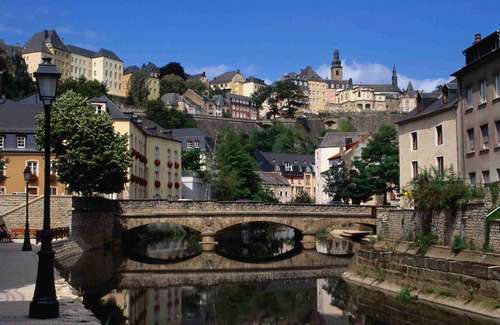



















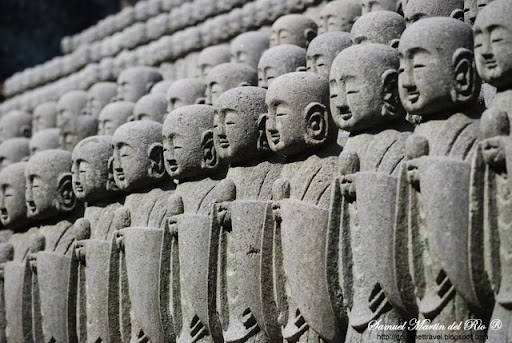











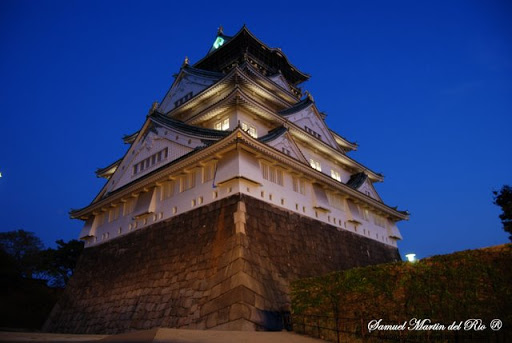
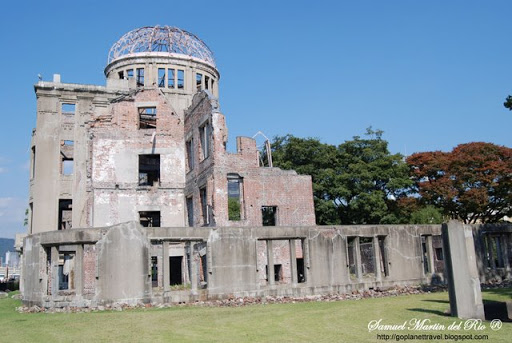







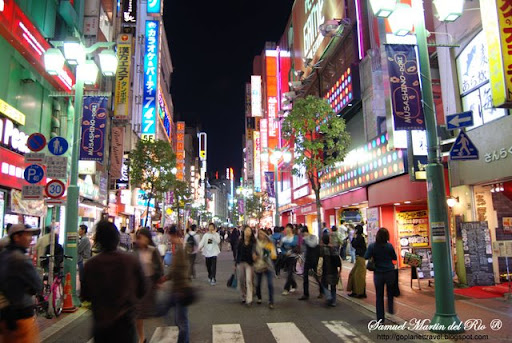



















No comments:
Post a Comment